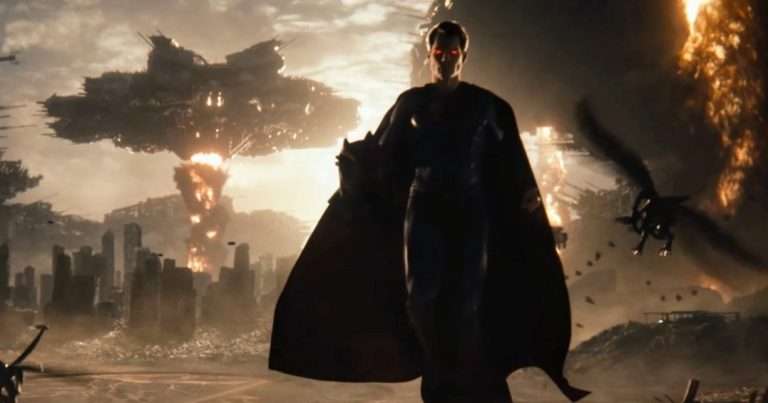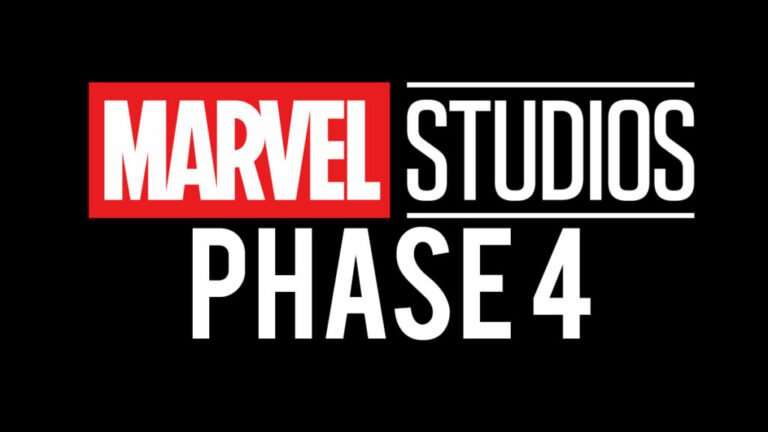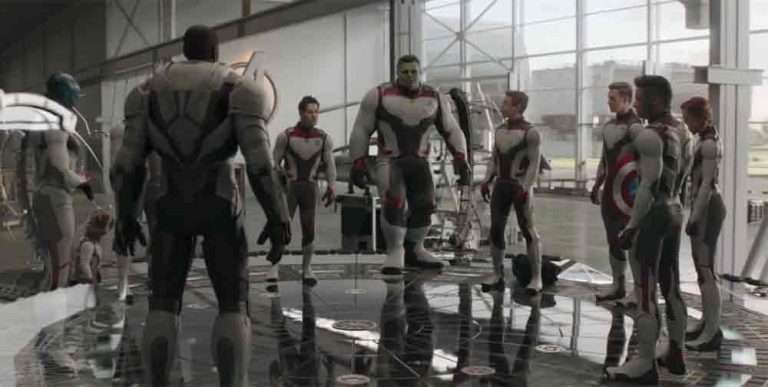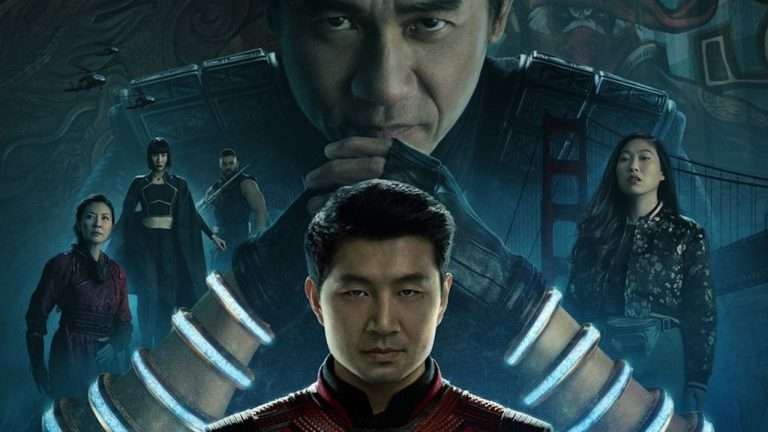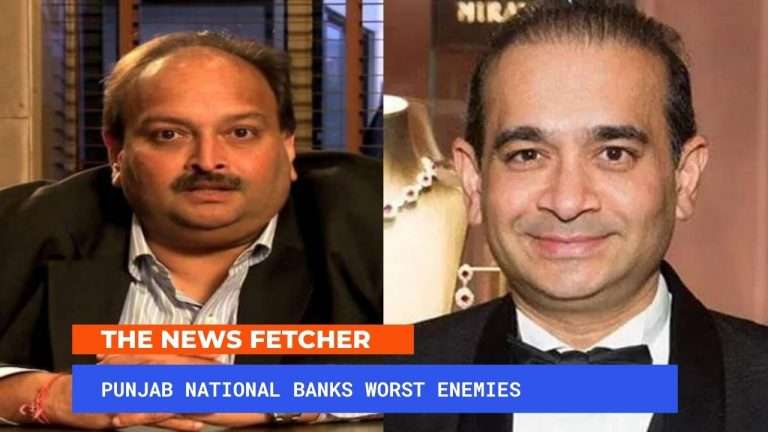Venom: The Last Dance Review: A Flawed Finale with Unmet Potential

Venom: The Last Dance marks the final chapter of Eddie Brock and Venom’s cinematic journey, capping off a trilogy that, despite a handful of compelling elements, falls short in embracing the true potential of the iconic character. While critics are calling it the best installment of the franchise, this doesn’t mean it fully lands. In fact, The Last Dance reveals the same core issues that have plagued Venom’s film adaptations from the start, ultimately leaving fans wishing for the darker, edgier character they know from Marvel Comics.
One of the most talked-about aspects of the Venom franchise has been its separation from Spider-Man, Venom’s original nemesis and an essential part of his origin story. While Venom has starred in his own comic book series for decades and has a rich narrative independent of Spidey, Sony’s take on the character lacks a sense of direction without his iconic rival. This absence, combined with the lack of depth in Venom’s characterization, means the franchise never reaches the emotional and thematic heights found in more grounded Marvel anti-heroes.
The Unfulfilled Promise of a Darker Venom
What could have truly set Venom apart is its inherent horror potential — Venom as a terrifying, brutal anti-hero with a complex moral code. In the comics, Eddie Brock and Venom’s bond is violent, eerie, and unpredictable, much like classic anti-heroes Blade and the Punisher. Yet the films fall short of exploring this darker, horror-infused angle, which could have been heightened with Tom Hardy in the role. Hardy has proven his ability to embody ferocious and intense characters in past roles, and infusing Venom with elements from his roles in Legend, Peaky Blinders, and Mad Max: Fury Road could have given fans a version of the character with more menace and complexity.
While The Last Dance pitches itself as a story about two partners parting ways, the reality is that Eddie and Venom’s on-screen relationship has always felt one-dimensional. Rather than evolving into the complex, co-dependent partnership seen in the comics, their dynamic remains defined by comedic bickering. This has prevented the characters from becoming the “Lethal Protector” that readers have come to love. On the page, Eddie and Venom are brutal vigilantes with a shared purpose, but the films reduce their bond to quirky exchanges that lack emotional depth.
Underwhelming Villains in the Venom Franchise
Great comic book stories often rely on compelling villains, but the Venom films have struggled to deliver memorable antagonists. The Last Dance brings in the infamous Carnage, who in the comics is defined by his unique relationship with his host, Cletus Kasady — a sadistic serial killer whose bond with the symbiote is so strong that Carnage identifies as “I” rather than “we.” Unfortunately, this crucial character element was either misinterpreted or ignored in the film, losing the terrifying psychological edge that makes Carnage such an unforgettable villain.
Ultimately, The Last Dance may entertain fans with its chaotic action and trademark Hardy humour, but it reflects the franchise’s inability to commit to Venom’s darker side. Tom Hardy’s talent and Venom’s potential as a horror-infused anti-hero could have redefined Sony’s approach to superhero films. However, this trilogy chose to play it safe, leaving audiences with a sense of missed opportunity. While fans can hope to see a deeper exploration of Marvel’s anti-heroes in future projects, Venom leaves us with one final impression: sometimes, even with all the right ingredients, a movie can still miss the mark.

